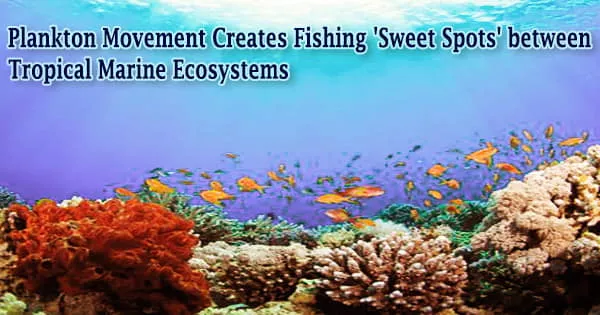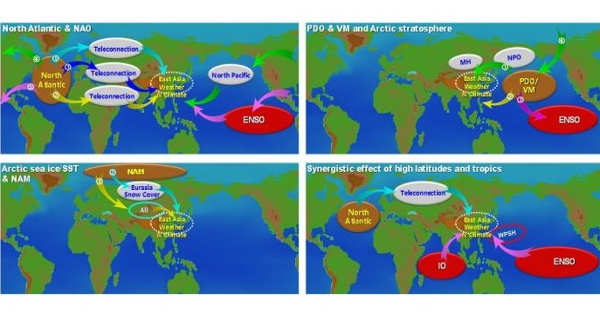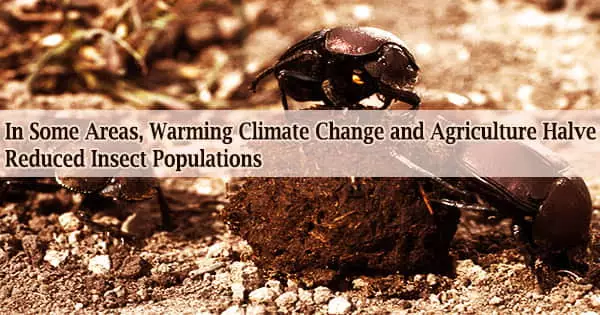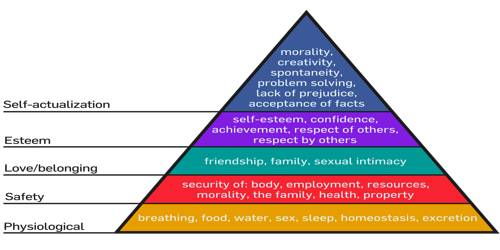According to a new study, plankton and plankton-eating fish migration is a key factor in producing localized increases in high biological productivity in tropical coral reefs, resulting in “sweet spots” of numerous fish. Renato Morais of James Cook University in Townsville, Australia, and colleagues published their findings in the open-access journal PLOS Biology on November 2nd, 2021.
Aquatic settings with high quantities of dissolved salt, such as those found in or near the ocean, are known as marine ecosystems. The biotic (living) and abiotic (nonliving) components that form marine ecosystems are distinct.
Although certain ecosystems are constrained by their inherent productivity (for example, photosynthesis), earlier research has demonstrated that mobile resources such as plankton can act as vectors for transferring energy and nutrients from offshore to coral reef ecosystems.
Scientists split marine ecosystems into many major groups, albeit what counts as a marine environment varies depending on the source. The number of marine ecosystems is a hot topic of discussion.
Although there is some controversy, estuaries, salt marshes, mangrove forests, coral reefs, the open ocean, and the deep-sea ocean are all considered marine ecosystems. Such resource transfers across ecosystems are known as spatial subsidies, and they allow ecosystems to exceed their inherent biological productivity constraints, resulting in more plentiful life.
However, it’s uncertain how much plankton and plankton-eating fish migration boosts abundance in tropical marine environments. Morais and colleagues combined and analyzed comprehensive data from visual fish counts to further define and quantify this role.

Spatial subsidies vectored by planktivorous fishes dramatically increase local reef fish biomass production, creating ‘sweet spots’ of fish concentration. By harvesting oceanic productivity, planktivorous fishes bypass spatial constraints imposed by local primary productivity, creating ‘oases’ of tropical marine biomass production.
Morais
The term “plankton” derives from the Greek word “drifter” or “wanderer.” If a creature is transported by tides and currents and cannot swim effectively enough to resist these forces, it is classified as plankton.
Some plankton spends their entire lives drifting in this direction. Others are classified as plankton when they are young, but as they grow larger, they are able to swim against the currents.
The fish count data came from three specific tropical locations that were representative of the diversity of coral reef ecosystems found in the larger dataset. One dataset covered the tropical waters of the Indian Ocean and much of the Pacific, while the other dataset covered the tropical waters of the Indian Ocean and much of the Pacific.
Plankton is classified in numerous ways by scientists, including size, kind, and drifting time. Plankton is divided into two groups: phytoplankton (plants) and zooplankton (animals).
Plankton-eating fish are shown to have a significant and extensive function as vectors of spatial subsidies to tropical coral reefs, according to the study. They provide extra resources to reef ecosystems by feeding on offshore plankton, and as a result, they drive local times of extraordinary biological production, including for their own predators.
Plankton-eating fish account for more than half of overall fish output in these “sweet spots,” and people may find the conditions ideal for abundant fishing. Plankton are vital to the ocean ecology and are extremely sensitive to changes in their surroundings, such as water temperature, salinity, pH, and nutrient content.
The findings are especially important for the future of tropical reef fisheries, according to the researchers. Coral reefs are deteriorating, and offshore productivity is likely to fall, therefore fishing hotspots that concentrate these declining resources may become more important.
Morais adds, “How do tropical oceans sustain high production and intense coastal fisheries despite occurring in nutrient-poor oceans? Spatial subsidies vectored by planktivorous fishes dramatically increase local reef fish biomass production, creating ‘sweet spots’ of fish concentration. By harvesting oceanic productivity, planktivorous fishes bypass spatial constraints imposed by local primary productivity, creating ‘oases’ of tropical marine biomass production.”
















